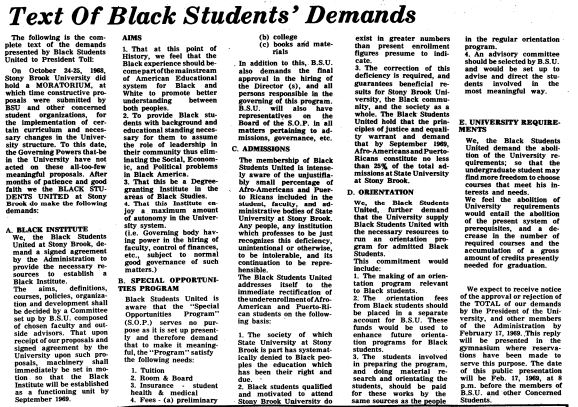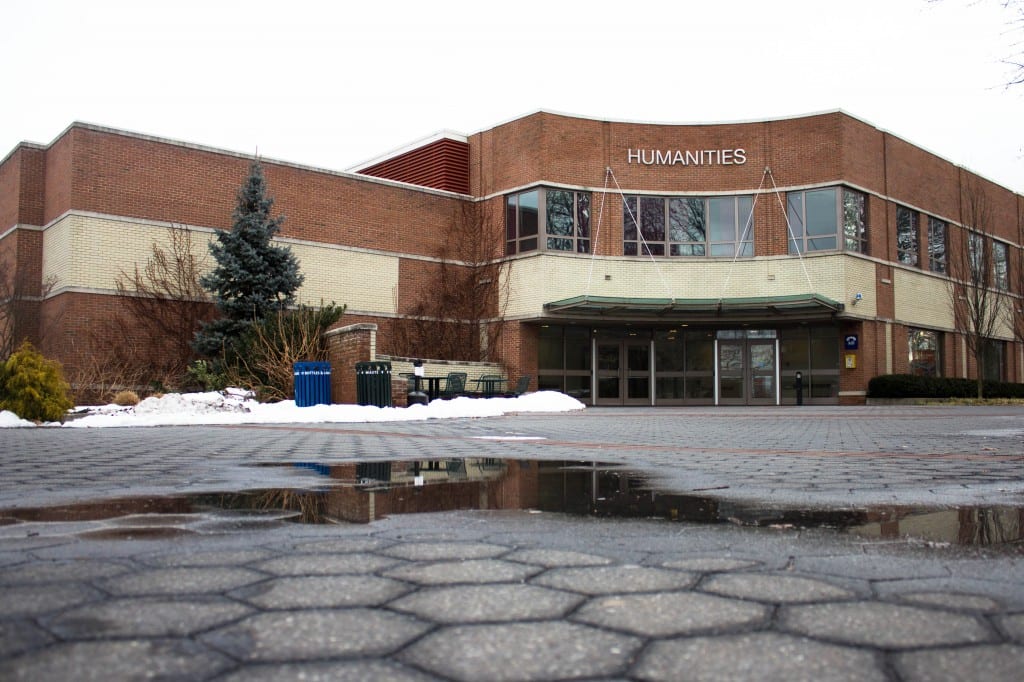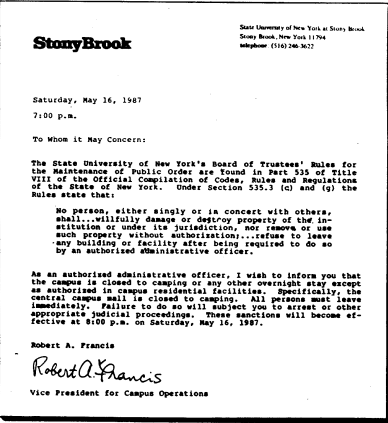
Kelcie Eberharth is the head archivist at The Statesman and an editor at Stony Brook’s Undergraduate History Journal.
Stony Brook takes a prominent place in the center of a new exhibit, “Frank Bowling’s America,” in the Boston Museum of Fine Arts.
Sir Frank Bowling, who hailed originally from British Guiana, is one of the most prominent British/abstract artists of his generation. He has spent his life primarily in London, with frequent trips back to his birth country, Guyana. From 1966 to 1975, though, he moved to New York City where he became a leader of the ‘Black art’ movement.
In 1969, Bowling helped curate the exhibit “5+1” at Stony Brook University, showcasing the work of five eminent African American artists alongside himself. These five men were Melvin Edwards, Daniel LaRue Johnson, Al Loving, Jack Whitten and William T. Williams. Alongside them were six Black female artists: Vivian Browne, Adger Cowans, Mary Lovelace O’Neal, Howardena Pindell, Betye Saar, Alma Thomas and Mildred Thompson.
The Statesman recorded the efforts towards creating Black studies programs on campus directly prior to the “5+1” exhibit. “Frank Bowling’s America,” which opened at Boston on Oct. 22, displays three of The Statesman’s articles.
In the piece “Text of Black Students’ Demands,” Black Students United addressed Stony Brook University President John S. Toll in the spring of 1969. They asked for a Black institute, for Black experiences to become part of mainstream education and for the abolition of university requirements so students could meet their own needs in course choices.
Among other things, they also looked for the reform of the Special Opportunities Program (SOP), which they stated “serves no purpose as it is set up presently.” The reformed SOP, along with increased admission of Black students, would begin to correct problems the group saw on campus directed towards the Black community.
In response to the efforts of these students in the spring of 1969, a new Black studies program was developed for the following fall. Three courses in Black studies were created, covering material from Afro-American experiences, politics of race, and history within West Africa. The Statesman published a card of the new offerings on Sept. 23, 1969.
Upon the opening of the “5+1” exhibition on Nov. 2, 1969, The Statesman included information about where and when the event was being held in the weekend calendar. This is some of the only information The Statesman published covering the exhibit.
“Frank Bowling’s America” gives a glimpse into not only Bowling’s life in New York, but of the Black experience during the final years of what is considered the Civil Rights Era. His art during the period of 1966-1975 was a response to the conditions that he and his peers saw and dealt with during this time.
Bowling’s work in curating the “5+1” exhibition here at Stony Brook highlighted Black voices and experiences that had not previously been visible in the mainstream.
To learn more about “Frank Bowling’s America”, visit the Museum of Fine Arts Boston website. To learn more about the “5+1” exhibit Stony Brook hosted, visit the Paul W. Zuccaire Gallery website.













